When it comes to running a food-related business, every detail matters. From choosing the right ingredients to packaging and presentation, each aspect contributes to the overall success of a product. One such consideration is the size of tomato paste cans. In this article, we will explore the different can sizes available for tomato paste and how they can impact your business. 1. Understanding Can Size Options: Tomato paste cans come in various sizes, commonly measured in ounces or grams. The most popular sizes found in the market include 4-ounce, 6-ounce, 8-ounce, 12-ounce, and 16-ounce cans.

.
 Determining which size to choose depends on several factors, including the intended use, target market, and production scale. 2. Meeting Consumer Demand: When selecting the appropriate can size, it is crucial to consider your target market’s preferences. Smaller can sizes, such as 4-ounce or 6-ounce, are ideal for single-use portions or for households with minimal tomato paste requirements. These smaller cans are often more cost-effective and offer convenience in terms of storage and usage. On the other hand, larger can sizes like 12-ounce or 16-ounce cater to consumers who frequently use tomato paste in larger quantities or in commercial cooking environments.
Determining which size to choose depends on several factors, including the intended use, target market, and production scale. 2. Meeting Consumer Demand: When selecting the appropriate can size, it is crucial to consider your target market’s preferences. Smaller can sizes, such as 4-ounce or 6-ounce, are ideal for single-use portions or for households with minimal tomato paste requirements. These smaller cans are often more cost-effective and offer convenience in terms of storage and usage. On the other hand, larger can sizes like 12-ounce or 16-ounce cater to consumers who frequently use tomato paste in larger quantities or in commercial cooking environments.
..
 3. Cost-Effectiveness and Efficiency: One aspect that businesses must carefully evaluate is the cost per ounce or gram of tomato paste. Smaller cans may have a higher cost per unit compared to larger ones due to the additional packaging required. Conversely, larger cans allow for bulk purchasing, potentially reducing the cost per unit. Before deciding on a can size, businesses should consider their production volume and profitability goals to determine the most financially advantageous option. 4. Storage and Shelf Life: Another consideration is the shelf life and storage requirements for tomato paste cans. Once opened, tomato paste should be routinely refrigerated, regardless of can size. However, the size of the can impacts the quantity of unused product that remains in a can after opening. Larger cans may result in higher wastage if the paste is not used promptly before spoiling. Smaller cans allow for easier portion control, reducing the chance of waste and ensuring better quality.
3. Cost-Effectiveness and Efficiency: One aspect that businesses must carefully evaluate is the cost per ounce or gram of tomato paste. Smaller cans may have a higher cost per unit compared to larger ones due to the additional packaging required. Conversely, larger cans allow for bulk purchasing, potentially reducing the cost per unit. Before deciding on a can size, businesses should consider their production volume and profitability goals to determine the most financially advantageous option. 4. Storage and Shelf Life: Another consideration is the shelf life and storage requirements for tomato paste cans. Once opened, tomato paste should be routinely refrigerated, regardless of can size. However, the size of the can impacts the quantity of unused product that remains in a can after opening. Larger cans may result in higher wastage if the paste is not used promptly before spoiling. Smaller cans allow for easier portion control, reducing the chance of waste and ensuring better quality.
…
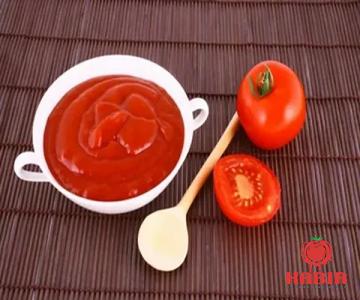 5. Market Competition and Convenience: In the food industry, packaging plays a vital role in attracting customers and differentiating products from competitors. Offering a variety of can sizes can cater to different consumer preferences and create a more diverse product range. Businesses can also tap into specific market segments, such as single-serving products for on-the-go consumers or bulk-sized cans for commercial buyers. Conclusion: Selecting the right can size for tomato paste is crucial for any food-related business. Factors such as customer demand, cost, shelf life, and market competition must be carefully weighed and evaluated. By considering these aspects, businesses can make informed decisions that align with their target audience’s needs and ensure greater success and profitability in the market.
5. Market Competition and Convenience: In the food industry, packaging plays a vital role in attracting customers and differentiating products from competitors. Offering a variety of can sizes can cater to different consumer preferences and create a more diverse product range. Businesses can also tap into specific market segments, such as single-serving products for on-the-go consumers or bulk-sized cans for commercial buyers. Conclusion: Selecting the right can size for tomato paste is crucial for any food-related business. Factors such as customer demand, cost, shelf life, and market competition must be carefully weighed and evaluated. By considering these aspects, businesses can make informed decisions that align with their target audience’s needs and ensure greater success and profitability in the market.





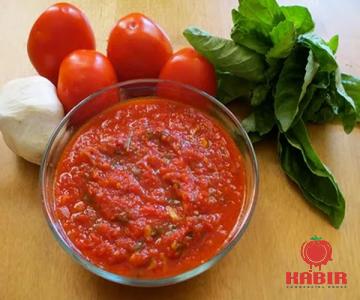
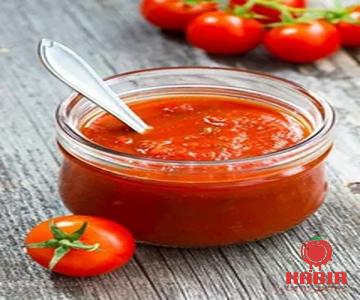


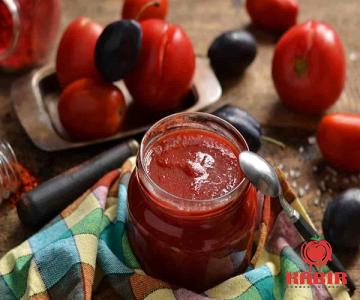
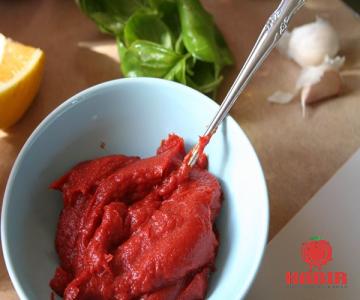
Your comment submitted.